Zafar and the Raj is a study of the formative phase of the history of colonial Delhi, a phase that from its duality, social and political, may be referred to as Anglo-Mughal. From 1803 onwards there were actually two centres of authority in the imperial city: the Residency and the Palace. The competing influence of the Palace determined the manner in which colonial authority was established in Delhi-and marked the limits of this authority. Simultaneously, the association of the Mughal emperor’s name with Delhi, combined with the participation in fin-de-siècle Mughal court ritual by the East India Company’s officials, was to shape the colonial perception of Delhi as the premier imperial city of the subcontinent. Information available in the colonial archive about emperor Bahadur Shah Zafar (1775-1862; r. 1837-57), and his two immediate predecessors, is used to reconstruct the history of the city in the late eighteenth and early nineteenth centuries, focussing on the period c. 1803-1857. This book is also a political biography of Zafar. It aims to present the story of his life not, as is typical, from the perspective of the revolt of 1857, but in terms of Zafar as a prominent local aristocratic figure who was part of the Urdu-speaking urban elite of the first half of the nineteenth century. The ways in which his life, coping as it was with the Raj, intersected with that of several figures that belonged to this class, tells us much about India’s encounter with colonialism. In the process we get to know something about the intertwined destinies of, among others, Akbar Shah, Azurda, Chiman Lal, Ghalib, Rammohun Roy, Shamsuddin, Vazir Khanam and, of course, Zafar.
Zafar and the Raj: Anglo-Mughal Delhi, C.1800-1850
In stock
Free & Quick Delivery Worldwide
reviews
Bibliographic information
Title
Zafar and the Raj: Anglo-Mughal Delhi, C.1800-1850
Author
Edition
1st.ed.
Publisher
Primus Books, 2013
ISBN
9380607733, 9789380607733
Length
xi+219p., 25cm.
Subjects

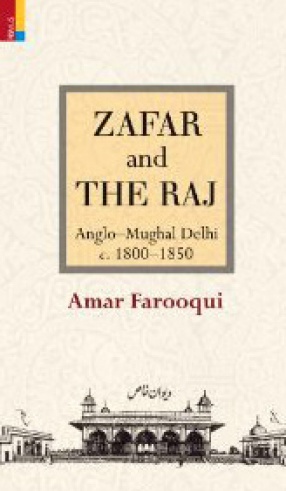
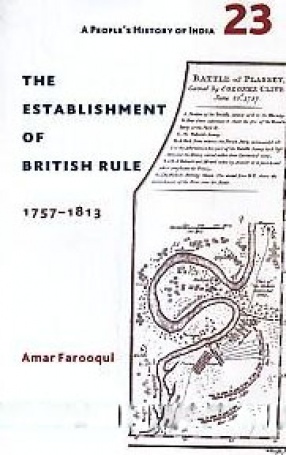
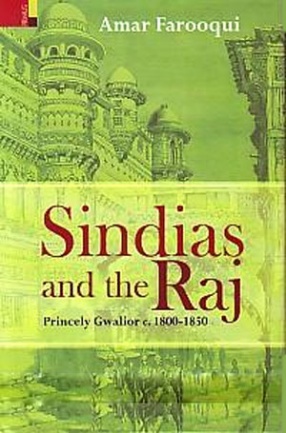


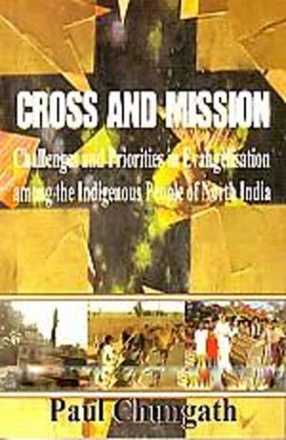
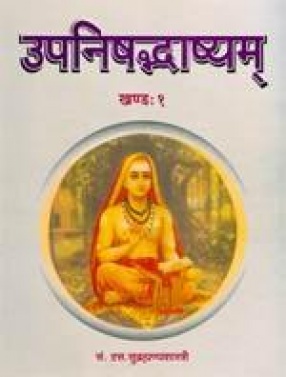
There are no reviews yet.